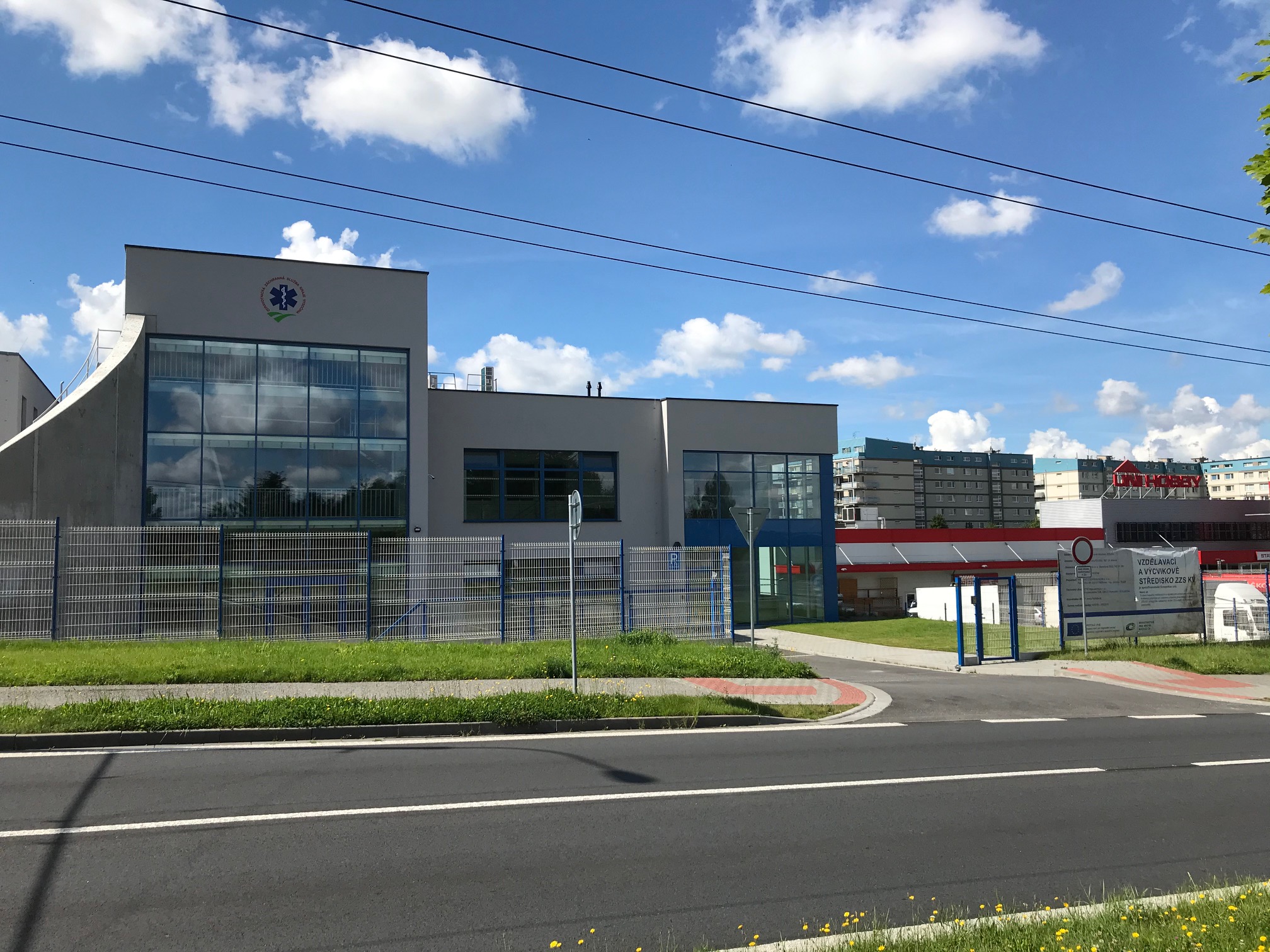Emergency services staff in Vysočina, south-east Czechia, will be better prepared for dealing with risks and disasters thanks to a new training centre constructed with the help of the European Regional Development Fund.
- 18 September 2020
We believe that this project will help the preparedness of our paramedics and the Integrated Rescue System to successfully deal with emergencies such as natural disasters, traffic and industrial accidents and other threats to life, health, the environment and property.
The project aimed to increase the ability of the region’s Medical Rescue Service to deal with emergencies by providing them with a modern training centre. Due to its advanced facilities, firefighters, police officers and even soldiers from the region and surrounds can use the facility.
Modern equipment
The two-storey building, located in the city of Jihlava, has a dedicated computer room for simulating interventions, and a climbing wall.
An important section of the building is used for training teams that respond to biohazard emergencies, including situations involving highly contagious diseases. It has a built-in decontamination pool and shower.
Another important addition to the centre is a helicopter fuselage. This allows rescue teams to carry out simulations and train for scenarios in which emergency or medical assistance is required from the air.
Improving training capacity
Through the project’s efforts, the training available to staff of the Medical Rescue Service in Vysočina and to those who are part of the country’s Integrated Rescue System, has been substantially improved.
The project obtained funding through the country’s Integrated Regional Operational Programme.
Total investment and EU funding
Total investment for the project “Education and Training Center of the Emergency Medical Services of the Vysočina Region” is EUR 3 201 856, with the EU’s European Regional Development Fund contributing EUR 2 721 577 through the “Integrated Regional” Operational Programme for the 2014-2020 programming period. This project falls under the priority “Jobs, growth and investment”.

